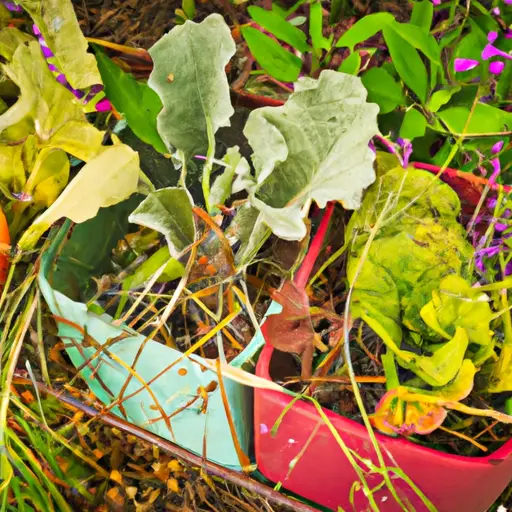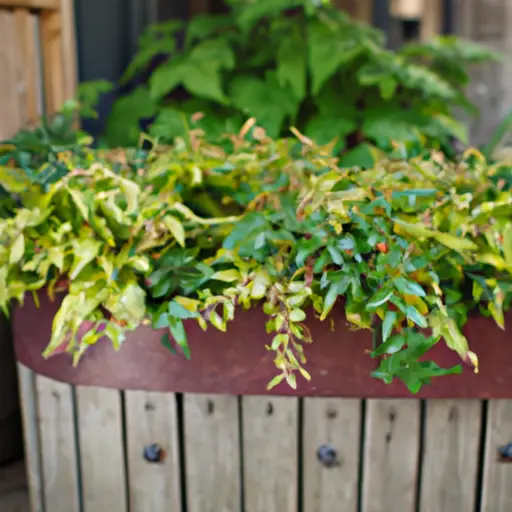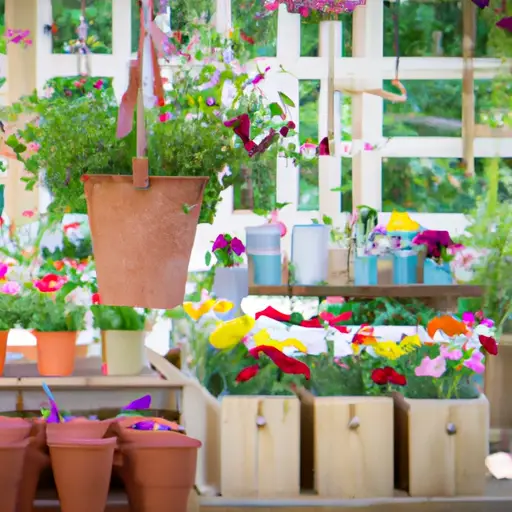Container gardening is a popular and versatile way to grow plants in small spaces or urban areas. Whether you live in an apartment with limited outdoor space or simply want to add some greenery to your patio, container gardening allows you to cultivate a variety of plants and flowers in pots, planters, or containers. If you’re new to the world of gardening, this article will guide you through the art of container gardening for beginners.
Choose the Right Container
When it comes to container gardening, it’s important to choose the right pot or container for your plants. The size of the container will depend on the type of plant you want to grow. For larger plants such as tomatoes or peppers, opt for at least a 5-gallon pot. For smaller plants like herbs or flowers, a 1-2-gallon pot should suffice. Ensure that the container has proper drainage holes at the bottom to prevent waterlogging.
Select the Perfect Location
Before planting your containers, consider where they will be placed. Most plants require at least six hours of direct sunlight each day, so choose a location that receives adequate sunlight. If you have limited access to sunlight, consider choosing shade-loving plants such as ferns or impatiens. Also, take into account wind exposure as strong winds can damage delicate plants.
Choose Suitable Plants
When it comes to selecting plants for your containers, there are endless possibilities. However, it’s important to choose plants that are well-suited for container gardening and compatible with each other if you plan on mixing different varieties in one pot. Some popular choices for beginners include herbs like basil and rosemary, dwarf fruit trees like lemon or fig, and colorful flowers like petunias or marigolds.

Prepare the Soil
Good soil is essential for healthy plant growth. Use a high-quality potting mix specifically designed for containers as it provides proper drainage and nutrient balance. Avoid using garden soil directly in containers as it tends to compact and retain too much moisture, leading to root rot. Fill your containers with the potting mix, leaving a few inches of space at the top for watering.
Planting Techniques
When planting in containers, follow these basic steps:
1. Gently loosen the roots of the plant before placing it in the container.
2. Add some potting mix at the bottom of the container.
3. Position the plant in the center of the container and fill around it with more potting mix, gently firming it down.
4. Ensure that the roots are covered but avoid burying the stem.
5. Water thoroughly after planting to settle the soil.
Watering and Fertilizing
Proper watering is crucial for container gardening success. Check your containers regularly and water when the top inch of soil feels dry. It’s important not to overwater as this can suffocate roots or lead to fungal diseases. Consider using self-watering containers or installing a drip irrigation system if you have multiple containers.
In addition to watering, regular fertilization is essential for healthy plant growth. Use a balanced, slow-release fertilizer at planting time and follow up with regular feedings every 4-6 weeks throughout the growing season.

Pest and Disease Management
Container gardening doesn’t exempt your plants from pests or diseases. Keep an eye out for common issues such as aphids, mealybugs, or powdery mildew. Regularly inspect your plants for any signs of infestation or disease and take appropriate action promptly. There are several organic solutions available for tackling these problems without resorting to harsh chemicals.
Seasonal Care
Container gardens require some seasonal care to maintain their health and appearance. In colder climates, protect sensitive plants from frost by moving them indoors or wrapping them in burlap during winter months. In hot climates, provide shade during peak sun hours by moving containers into a shaded area or using shade cloths.
Regularly prune your plants to maintain their shape and encourage new growth. Remove any dead or damaged foliage and pinch back the tips of herbs or flowers to promote bushier growth. Deadheading, which involves removing spent flowers, will also keep your plants looking fresh and encourage more blooms.
Conclusion
Container gardening is a rewarding and accessible way to enjoy the beauty of plants even in limited spaces. By selecting the right containers, choosing suitable plants, ensuring proper soil preparation, and following basic care guidelines, you can create a thriving container garden as a beginner gardener. With patience and practice, you’ll soon discover the art of container gardening brings joy and beauty to your surroundings.













